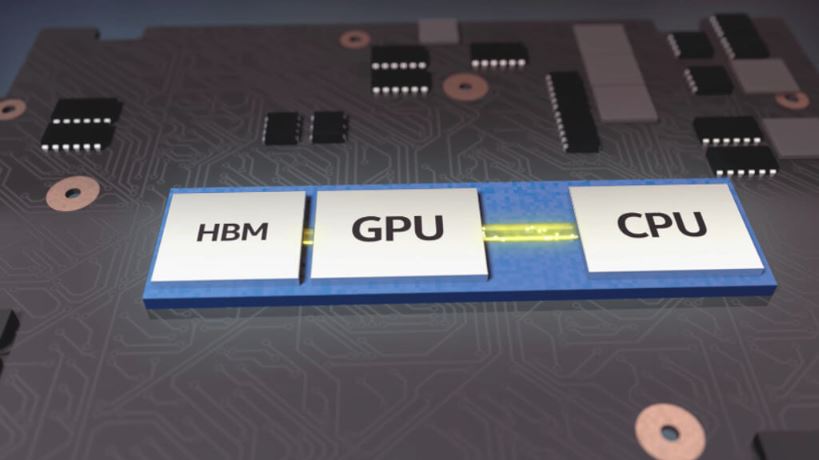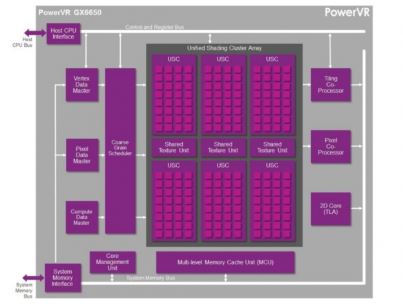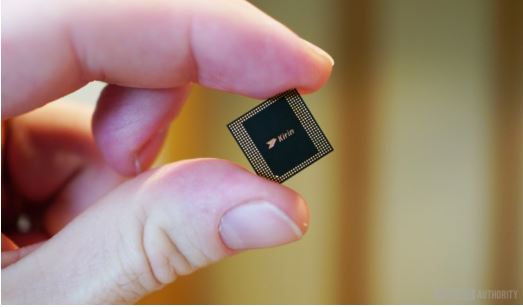

Modern smartphones operate at the expense of various components, but the main ones are considered the central and graphics processor (CPU and GPU).
Despite the similar name and the fact that their main role is to process huge amounts of data, there is a huge difference between the GPU and the CPU . But before you delve into their differences, think about what they have in common.
GPU and central processor cores are blocks, each of which performs specific tasks. The size and volume of the blocks may be different. It depends on the processor architecture. Both GPU and CPU have ALU. It is an arithmetic logical unit that is necessary to perform mathematical operations. Other blocks have access to memory (for loading and saving data), execute task decoders or cache memory. The similarities end. Let’s talk now about the differences between the processor and GPU .
What is the CPU?
The central processor of a computer or smartphone can be compared to a human brain. It is a fairly flexible component that performs a number of tasks and is responsible for the performance of the device. The processor performs all logical and arithmetic tasks. This guarantees the operation of the Android operating system and applications installed on the smartphone.
Processors are often in multi-core configurations: from four to eight for mobile devices and up to 16 for desktops and servers. The design of multi-core processors allows simultaneous running of many applications and task flows, which significantly improves performance and energy efficiency.
Each core operates at clock frequencies, usually 2 to 3 GHz for mobile devices and up to 5 GHz for computers. In addition, the processor may have different amounts of high-speed closed memory that is used to store instructions and data (i.e., cache memory). The cache can be individual for each core or split between them. You need to speed up tasks and switch between them.
The processor processes various types of data and ensures the overall functionality of the device.

In most modern processors, there are several ALUs that perform mathematical operations. In addition, the processor processes and rebuilds virtual memory for all applications launched by the user. The processor named for this reason is the most necessary tool to start the operating system.
The next component CPU device is the conversion prediction module. Its use allows you to pre-load and execute instructions that you may need in the near future. This saves a lot of time and allows you to optimally use the processor’s computing resources.
What is a GPU?
The graphics processor has a different load. Therefore, GPUs do not use transition forecasting modules. This is the key to understanding the differences between the graphics processor and the processor .
If a central processor is needed to perform various tasks, the video card has a specific purpose – rendering and processing of three-dimensional graphics. The GPU is much faster and more energy efficient to solve these problems. However, the graphics processor is not as flexible in its load range.
The cores graphics card have one or more units ALU, but unlike cores used by the processors, they are designed totally differently. They are capable of processing 8, 16 or 32 operations simultaneously. In addition, GPU cores can consist of tens or hundreds of individual ALU blocks, so that the graphics processor performs thousands of operations. This is especially useful when processing shadows on high-resolution screens.
The GPU is a separate device for a computer or smartphone, designed to render graphics and used as a 3D graphics accelerator.

Due to the fact that the GPU is intended for computer graphics processing, it is intended for mass parallel processing. Therefore, graphics cards have an obvious advantage due to the large amount of information processed.
Compared to central processing units, graphics have a special architecture that aims to increase the speed of calculating textures and complex graphic objects. In addition, the GPU has a more limited set of commands.
As for the clock frequency, the GPU indicator is usually lower than the processor . When you often talk about hundreds of MHz. This is due to thermal and power restrictions, because the parallel processing of huge amounts of data requires much more transistors.
Parallel computing can be used not only as a 3D graphics accelerator. Thanks to this, video rendering, various cryptography and machine learning algorithms (such as object detection) will run much faster on the GPU , not on the CPU .

What is the difference between the processor and GPU
As a last analogy, imagine the processor as a Swiss knife and the GPU as a machete. The first one is useful for performing various tasks: from cutting a rope to opening a canned food. I agree that trying to open a can of machete seeds is not a good idea. But if you want to go through the dense thickets of the jungle, you certainly prefer a machete than a Swiss knife.
The central processor is suitable for various types of calculations, the more that compared to the video card has a wider set of commands. Its kernels are more flexible, allowing the CPU to enable and disable several tasks at once. The graphics processor has a limited set of commands and focuses on performing one specific task. In this case, the GPU performs much more calculations per cycle.
Despite the fact that the graphics processor and central processor have approximately the same structure (both are made of transistors), they process data and numbers, the main difference between them is that each of them works strictly defined.




2 Replies to “What is the difference between the processor and GPU ?”
Comments are closed.